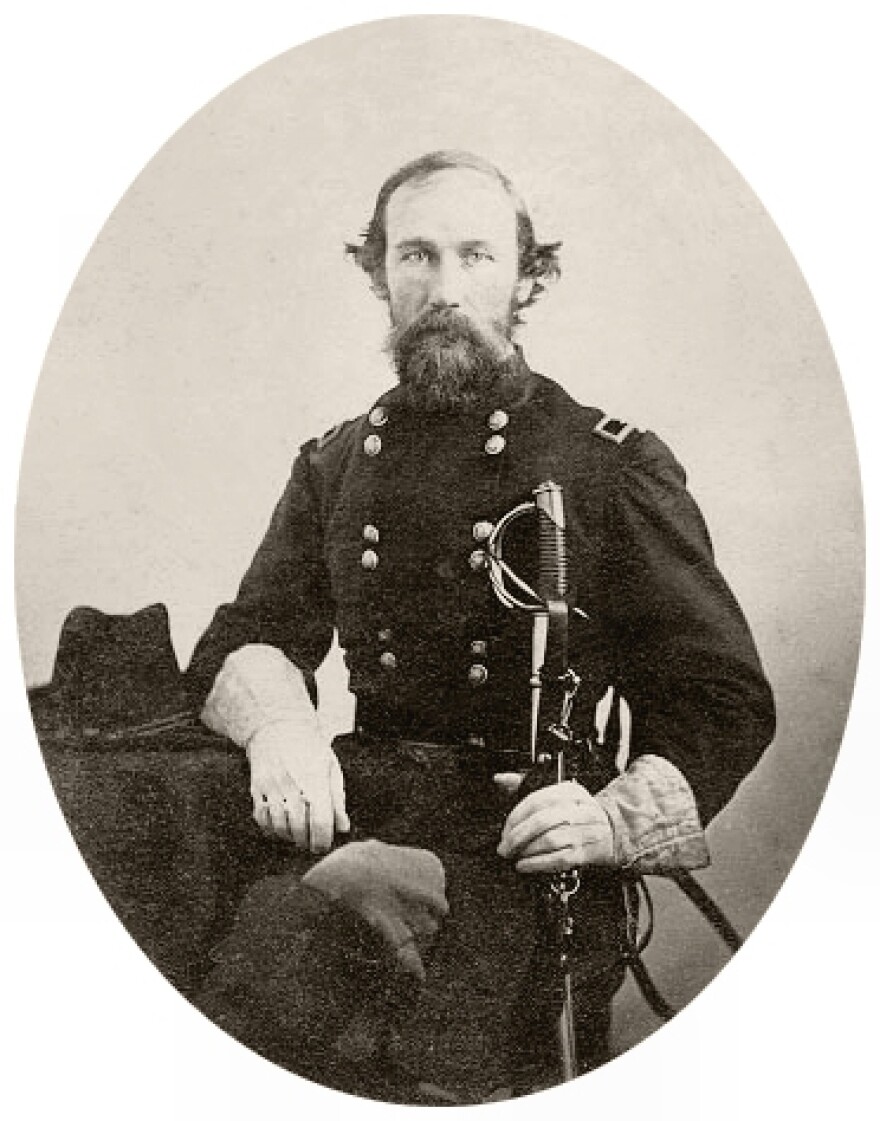This story was originally published on Nov. 18. 2015.
Since last week’s attacks on Paris, more than 30 governors, including Texas Gov. Greg Abbott, have stated that they plan on preventing any resettlement of Syrian refugees within their borders and have called on the federal government to consider rescinding a September pledge to house 10,000 refugees in the U.S. over the next year.
While some question the legality of blocking resettlements, Abbott has stood firmly on the issue. But one of his gubernatorial predecessors, E.J. Davis, was both a refugee himself and helped lead Texan refugees out of the war-torn state and on to Union-occupied New Orleans.
Along with hundreds of Texans, Davis left the state in May of 1862 as the Civil War began to take its toll on the Lone Star State. Prior to his exile, Davis had been staunchly pro-Union – along with Sam Houston, he voted against secession in the state’s Secession Convention and was later stripped of his Webb County judgeship by Confederate authorities. His family stayed behind.
When Davis arrived in New Orleans, he was commissioned in the U.S. army as a colonel and was tasked with leading the First Texas Cavalry – a federal 1,900-man force comprised of Mexican, German, Irish and Anglo Texas immigrants, though there were also Confederate deserters in the mix, as well.
Aside from combating the Confederate army, the cavalry was also was to escort Unionists seeking asylum in New Orleans to Galveston, where a steamer would ferry them to New Orleans, but that route was blockaded when Confederate troops overtook the port in January 1863.
Following Galveston’s capture, Davis and the cavalry traveled to Matamoros to recruit soldiers. Davis, though, also had a personal motive for the trip – he planned on sneaking his family out of Texas to Mexico.

But Davis, his Captain William Montgomery and five other cavalrymen were captured by Confederates as they waited for a U.S. transport. The Confederates in Brownsville snuck across the Rio Grande into Mexico to engage the Union soldiers, violating a tenuous treaty and an unofficial trade partnership between the Confederacy and Mexico.
Reports initially stated both Davis and Montgomery were hanged.
Fearing an incident, the Confederates confirmed that Davis was alive and turned the rest of the party over to the governor of Tamaulipas, Albino Lopez, though Montgomery was hanged.
Davis and the First Texas Cavalry continued campaigns along the border with varied success until 1864 – cutting off supply lines and busting up the cotton trade between Texas and Mexico – when the cavalry went to Louisiana. Davis was later present at the Confederate surrender in Texas in June of 1865.
After serving in the legislature, and later presiding over the state’s Constitutional Convention in 1866, Davis was elected to the state’s highest office in 1869.






